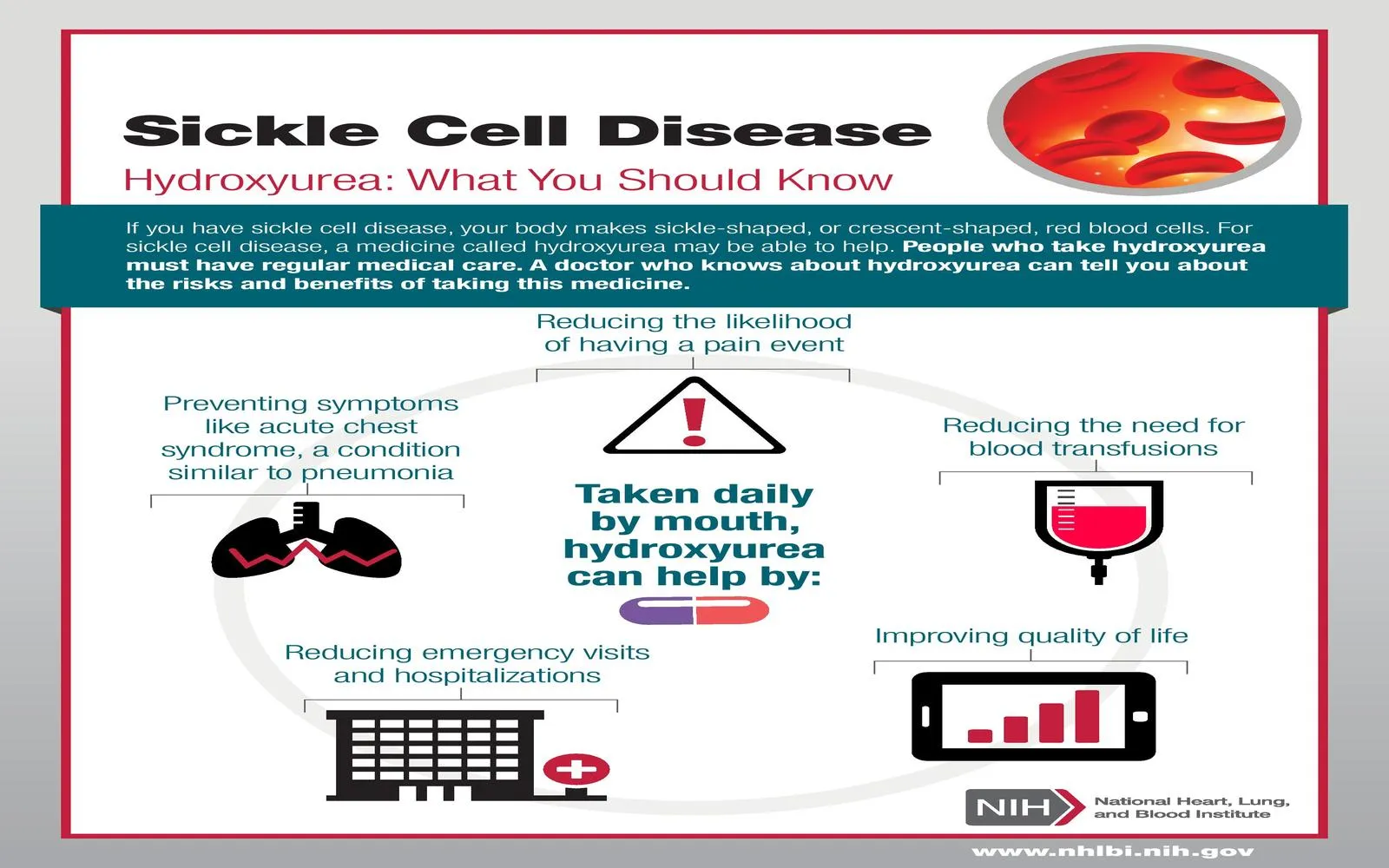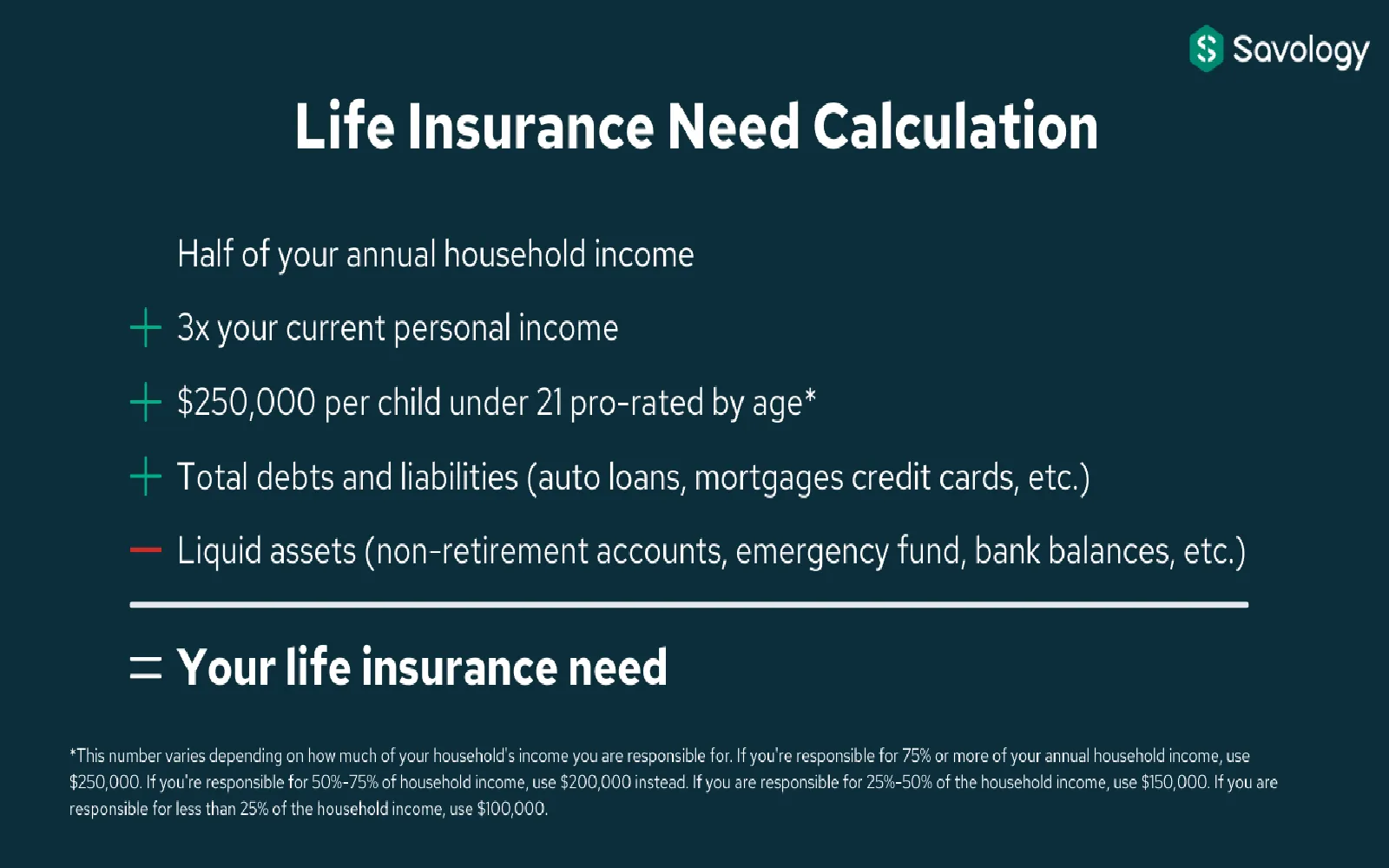What is Employee Health Insurance?
Employee health insurance is a form of coverage provided by employers to their employees as part of an overall benefits package. It is designed to help employees cover medical expenses that may arise due to illness or injury. This type of insurance is crucial for maintaining a healthy workforce, as it not only helps employees manage their health costs but also enhances productivity and job satisfaction.
Key Benefits of Employee Health Insurance
Understanding the essential benefits of employee health insurance is vital for both employees and employers. Here are several key advantages:
- Financial Protection: Employee health insurance provides a safety net, protecting employees from high medical costs.
- Access to Quality Care: With health insurance, employees are more likely to seek preventive care and regular check-ups, leading to better overall health.
- Attract and Retain Talent: A comprehensive benefits package, including health insurance, can help attract and retain top talent in a competitive job market.
- Tax Advantages: Employers can often deduct the cost of health insurance premiums from their taxable income, which can lead to significant savings.
Types of Employee Health Insurance Plans
In 2025, there are various types of employee health insurance plans that employers can offer. Understanding these options is crucial for making informed decisions. Here are some of the most common types:
1. Health Maintenance Organization (HMO)
HMOs require employees to choose a primary care physician (PCP) and get referrals to see specialists. This type of plan often has lower premiums and out-of-pocket costs, but it also limits the network of providers.
2. Preferred Provider Organization (PPO)
PPOs offer more flexibility in choosing healthcare providers. Employees can see any doctor or specialist without a referral, but staying within the network usually results in lower costs.
3. Exclusive Provider Organization (EPO)
EPOs are similar to PPOs but do not cover any out-of-network care except in emergencies. This plan type typically has lower premiums than PPOs.
4. High Deductible Health Plan (HDHP)
HDHPs have higher deductibles and lower premiums. They are often paired with Health Savings Accounts (HSAs), allowing employees to save money tax-free for medical expenses.
Understanding Coverage Options
When evaluating employee health insurance, it’s also essential to understand the coverage options available. Here are some common coverage aspects:
- Preventive Services: Coverage for preventive services such as vaccinations, screenings, and annual check-ups without copays.
- Prescription Drug Coverage: Many plans include coverage for prescription medications, which can help employees manage chronic conditions.
- Mental Health Services: Increasingly, employee health insurance is covering mental health services, recognizing the importance of mental well-being.
- Dependent Coverage: Many plans offer coverage for employees' dependents, providing peace of mind for families.
Cost Considerations
The cost of employee health insurance is a significant factor for both employers and employees. Below is a simple breakdown of the costs associated with employee health insurance:
| Cost Type | Employer Responsibility | Employee Responsibility |
|---|---|---|
| Premiums | 70% (average) | 30% (average) |
| Deductibles | Varies | Varies |
| Copays | N/A | Varies based on services |
Choosing the Right Plan
When selecting an employee health insurance plan, employers should consider the following:
- Employee Needs: Understanding the demographics and health needs of the workforce can guide the selection of the most appropriate plan.
- Budget: Employers must weigh the costs of premiums against the benefits offered to ensure the plan is sustainable.
- Provider Network: A plan with a broad network of providers can offer employees more choices and better access to care.
Conclusion
As we move into 2025, understanding employee health insurance is more critical than ever. With various coverage options and benefits, employers can craft a health insurance strategy that meets the needs of their employees while also being financially viable. By offering comprehensive employee health insurance, companies can foster a healthier, happier, and more productive workforce.









